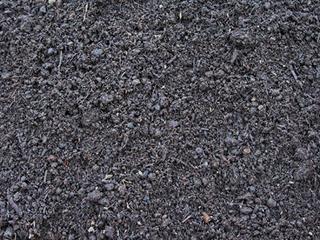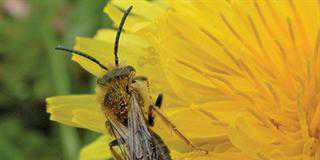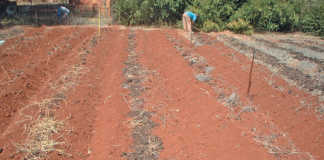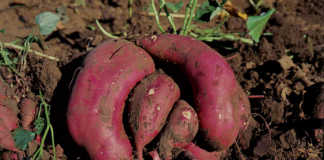
Mulching means to cover the soil between plants with a layer of material. It keeps roots and bulbs cool in summer and warm in winter. Do not remove crop residue – leave it on the land.
Ordinary veld grass also makes a very good mulch, as do leaves, soft cuttings, seaweed, straw, tree bark and manure. All these mulches can be dug into the soil when the season is over. The material must be fairly well decomposed before it is dug in, however. Material that has not decayed fully will use some of the precious nutrients in the soil.
Mulching prevents water from evaporating. Less watering is therefore needed. It protects the soil from wind, rain and sun, and suppresses weed growth by blocking out sunlight. Be warned: sometimes, the mulch provides shelter for cutworms and other problem insects. It may also prevent seeds from germinating if placed on the ground too soon.
Source: Department of agriculture, in co-operation with the ARC-Roodeplaat Vegetable and Ornamental Plant Institute.













